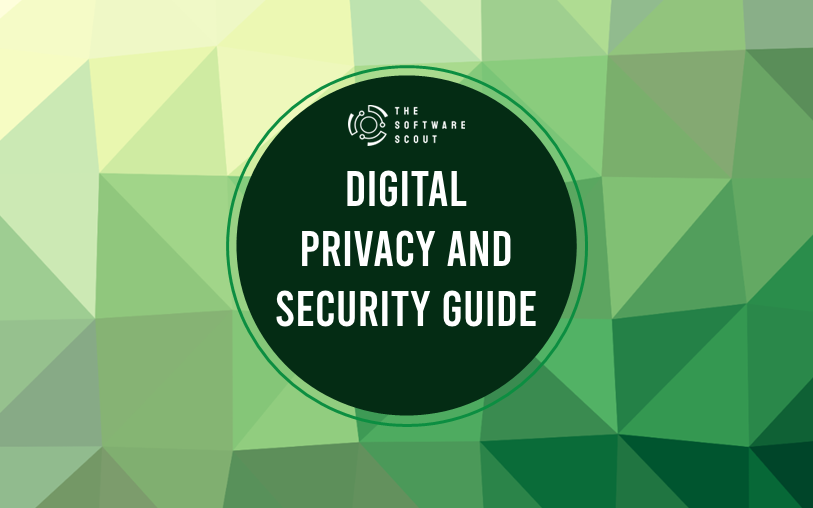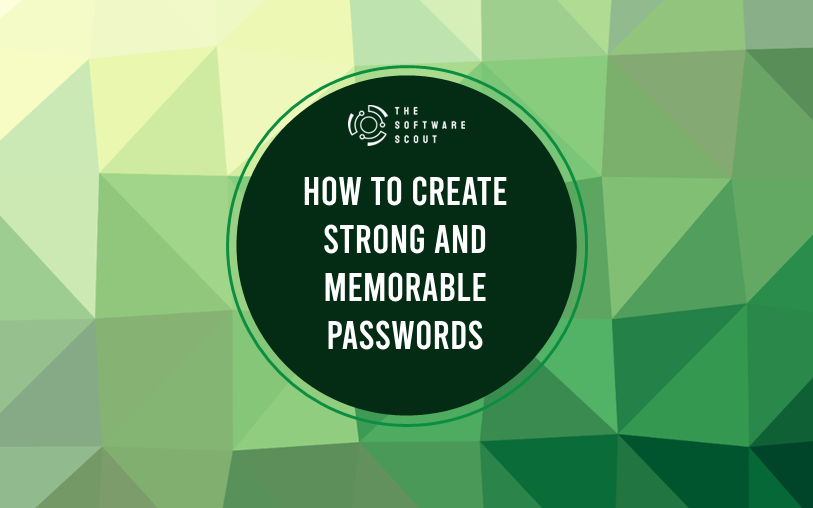Every time you search the web, post on social media, or shop online, you’re leaving behind a digital footprint. This collection of data can define your online identity, influence how companies and governments see you, and even impact your security. But what exactly is a digital footprint, and why does it matter?
In this guide, we’ll break down what a digital footprint is, why it’s important to manage it, and how you can protect your online presence in 2024.

Understanding Digital Footprints
Your digital footprint is the trail of data you leave behind as you use the internet. This includes everything from the websites you visit to the information you share on social media and the purchases you make online.
There are two main types of digital footprints:
- Active Digital Footprints: These are the intentional actions you take online, like posting on social media, sending emails, or filling out online forms. You’re knowingly contributing to this type of data trail.
- Passive Digital Footprints: This type of data is collected without your direct input or awareness. For example, websites and apps track your browsing behavior, location, and device information through cookies and analytics software.
Both types contribute to how you are perceived and targeted online, shaping everything from the ads you see to the personal information companies can access about you.
Why Your Digital Footprint Matters
Your digital footprint is more than just data—it’s a reflection of your online identity. Here’s why managing it is crucial:
- Privacy Concerns: The more data you leave online, the more vulnerable you become to privacy invasions. Companies track your habits, government agencies monitor behavior, and even cybercriminals can exploit your information.
- Targeted Advertising: Ever notice how ads seem to follow you across the web? That’s because your browsing history and interests are tracked, helping advertisers target you with tailored ads based on your digital footprint.
- Reputation Management: Employers, schools, and even potential friends or partners often search online to learn more about you. A poorly managed digital footprint can paint an inaccurate picture or expose parts of your life you’d prefer to keep private.
- Cybersecurity: Cybercriminals can use your digital footprint to craft targeted attacks. For instance, personal details found online might help them create convincing phishing emails or hack into your accounts.
Clearly, your digital footprint is more than just an online history—it’s a crucial element of your personal and professional identity.
How Your Digital Footprint is Created
Wondering how your digital footprint grows? Here are some of the most common ways it’s created:
1. Social Media Activity
Every time you post, comment, or share something on social platforms like Facebook, Instagram, or Twitter, you add to your digital footprint. Even likes and interactions contribute to the data trail.
2. Browsing History
Websites track which pages you visit, how long you stay, and what links you click. Many also use cookies—small files stored on your device—to follow your activities even after you leave their site.
3. Online Purchases
E-commerce platforms like Amazon or eBay record every product you view or buy. Your payment details, address, and buying habits are all part of your digital footprint.
4. Search Engine Queries
When you search for something on Google or Bing, those search terms are logged and associated with your digital identity. This data is often used to tailor search results and advertising.
5. Apps and Mobile Activity
Apps collect vast amounts of data, from location tracking to your usage patterns. Even background apps can contribute to your footprint by constantly collecting and transmitting data about your behavior.
6. Email and Communication Platforms
Email providers like Gmail or Outlook may scan your emails for keywords to show relevant ads. Messaging platforms might store metadata, like who you talk to and when, contributing further to your digital trail.
The Risks of an Unmanaged Digital Footprint
A poorly managed or overly exposed digital footprint can lead to various risks, including:
1. Data Breaches
Every website, app, or platform that holds your personal information is a potential target for hackers. When these platforms are breached, your data can end up on the dark web, where it’s sold or used for malicious purposes.
2. Identity Theft
If enough personal information is exposed—such as your full name, address, and Social Security number—cybercriminals can impersonate you to open credit accounts, commit fraud, or steal your identity.
3. Phishing Attacks
The more data available about you online, the easier it becomes for attackers to craft convincing phishing emails or messages. These can trick you into handing over even more sensitive information, like passwords or credit card numbers.
4. Unwanted Publicity
Old social media posts, blog comments, or forum discussions can resurface unexpectedly, potentially embarrassing you or impacting your reputation. Managing your footprint helps reduce the risk of these situations.
5. Financial Exploitation
Your browsing history, purchases, and even interactions with online platforms can give advertisers and data brokers a clear profile of your buying habits. This can lead to predatory advertising tactics or even price manipulation based on your data.
How to Manage and Reduce Your Digital Footprint
Taking control of your digital footprint is essential for protecting your privacy and security. Here are actionable steps to help you manage and minimize your footprint in 2024:
1. Review and Update Privacy Settings
Go through all your social media accounts, apps, and devices to ensure you have the right privacy settings in place. Set your profiles to private, restrict who can see your posts, and disable location tracking wherever possible.
2. Clear Your Browser History and Cookies
Regularly clearing your browser history and cookies helps reduce the amount of data websites and advertisers can track. You can also use private browsing or incognito mode to minimize the data logged during your sessions.
3. Use VPNs and Privacy-Focused Browsers
A Virtual Private Network (VPN) encrypts your internet traffic, masking your online activities from prying eyes. Privacy-focused browsers like Brave or Firefox offer built-in tools to block trackers and ads, keeping your browsing private.
4. Limit Your Social Media Activity
Think twice before posting or interacting on social media. Every like, comment, and share adds to your digital footprint. If possible, delete old posts or profiles you no longer use. Tools like Jumbo can help clean up your online presence.
5. Regularly Audit Your Accounts
Do an audit of all the online accounts you’ve created over the years. Close or delete accounts that you no longer use, and remove any unnecessary data from active accounts. Services like AccountKiller can help guide you through this process.
6. Opt Out of Data Brokers
Data brokers collect and sell your personal information to marketers and other companies. You can opt out of many of these services using tools like StopDataBrokers or PrivacyRights.org, which guide you through the process of removing your information from data brokers’ databases.
Tools for Monitoring Your Digital Footprint
Keeping track of your digital footprint can be difficult without the right tools. Here are some privacy-focused tools to help you stay in control:
| Tool | Purpose |
|---|---|
| Jumbo | Automates privacy management and cleans up old posts from social media accounts. |
| AccountKiller | Helps you find and delete unused or forgotten online accounts. |
| Ghostery | Blocks ads and trackers while you browse, reducing your passive footprint. |
| DeleteMe | A paid service that removes your personal information from data broker sites. |
| HaveIBeenPwned | Checks if your email or personal data has been compromised in a data breach. |
Using these tools can help you maintain a cleaner, more private online presence, significantly reducing your digital footprint.
Future Trends in Digital Footprint Management
As the internet continues to evolve, so will the ways in which digital footprints are created and managed. Here are some trends to watch in 2024 and beyond:
1. Increased Regulation
Governments are implementing stricter regulations on data privacy, like the GDPR in Europe and the CCPA in California. These laws empower consumers to control how their data is collected, used, and shared.
2. Rise of Zero-Data Apps
Apps and services that prioritize privacy, such as Signal or ProtonMail, are growing in popularity. These platforms collect minimal user data and use end-to-end encryption, allowing you to engage online without leaving a significant footprint.
3. AI and Privacy Concerns
Artificial intelligence is becoming more adept at analyzing large datasets, including digital footprints. This raises new concerns about privacy, as companies and governments use AI to predict behavior, influence decision-making, and conduct surveillance. Expect more conversations around regulating AI-driven data collection.
Wrapping Up
Your digital footprint plays a significant role in shaping your online identity and security. By understanding how it’s created and taking proactive steps to manage it, you can protect your privacy and minimize the risks associated with an unmanaged online presence.
In 2024, managing your digital footprint isn’t just about staying safe—it’s about taking control of how you’re seen and treated in the digital world. Whether through privacy settings, smarter browsing habits, or using the right tools, you have the power to shape your online legacy.
Boyd Hudson is a technology writer at The Software Scout with over 15 years of experience in technology roles across the Asia-Pacific region. He covers a wide range of tech topics, from software solutions to emerging industry trends

